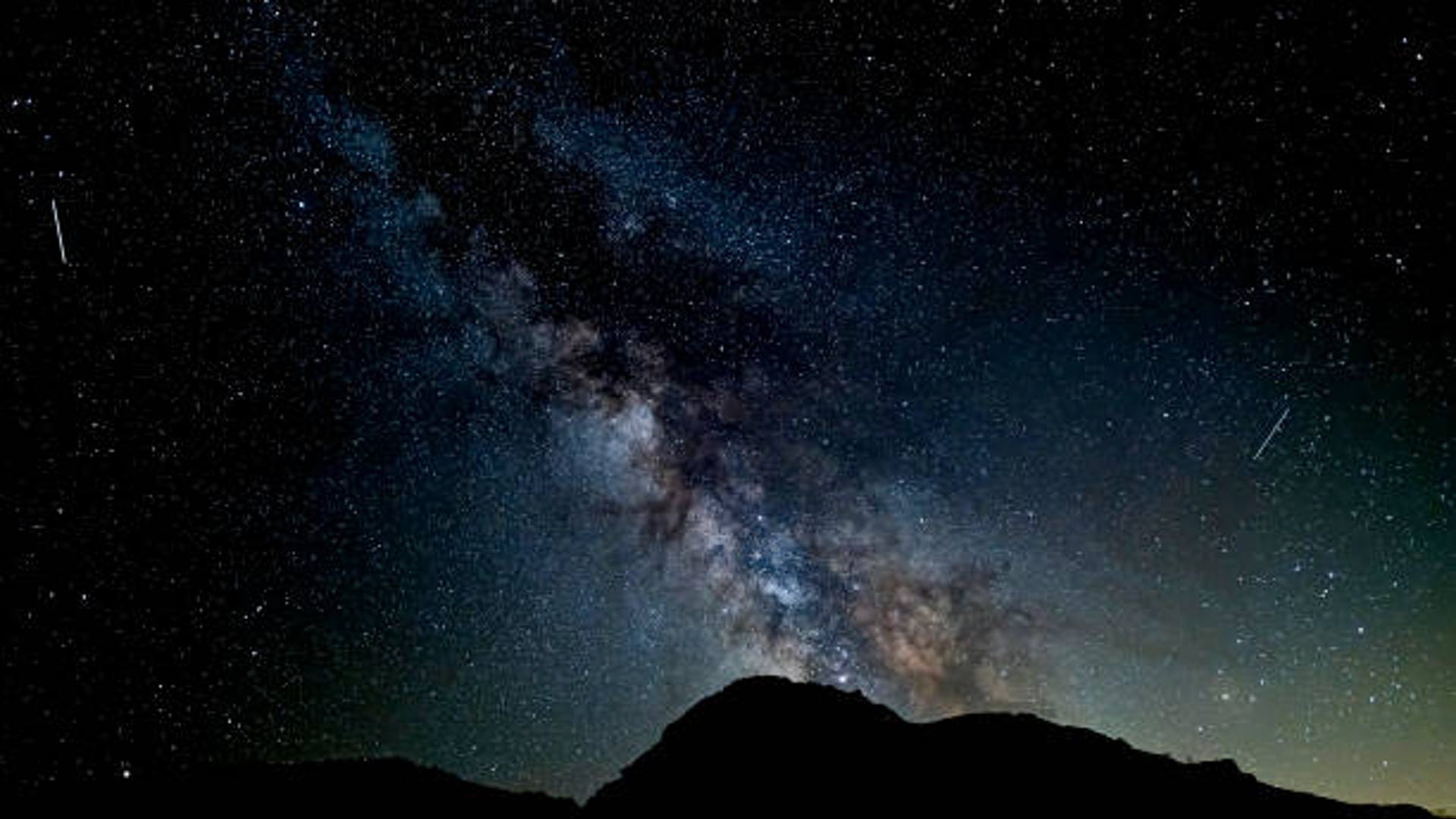Stargazers' delight: When and where to view July's major meteor showers.
It's time to look up at the night sky again. You'll soon be able to see two major meteor showers:
◾ The first shower: The Southern Delta Aquariids will be active from July 18 to Aug. 12. It's expected to peak on July 29-30, according to the American Meteor Society.
◾ The second shower: The Perseid meteor shower, the largest of the two, will be active from July 17 to Aug. 23. It's expected to peak on Aug. 12 and 13, but the viewing experience may be diminished by the moon's brightness.
Here's where and when you can test your stargazing skills and catch a glimpse of these popular meteor showers
Where to see Southern Delta Aquariid meteor shower
Between July 18 and Aug. 12, you can see the Southern Delta Aquariids shower in the Northern Hemisphere by looking to the south. Under dark skies, the shower can have a maximum hourly rate of 15-20 meteors. It occurs at the beginning of the Perseids.
Unable to view our graphics? Click here to see them.
Comet of origin for Southern Delta Aquariids
The source of the Southern Delta Aquariids is a comet, just like other meteor showers. Comet 96P/Machholz is thought to be the source of the shower. According to EarthSky, this comet was discovered in 1986 and is noted for leaving a track of debris as it orbits the sun.
Where to see the Perseid meteor shower
The Perseid meteor shower is one of the most impressive in the Northern Hemisphere. It will be active between July 14 to Sept. 1 and is expected to peak on the evenings of Aug. 12 and 13. The bright waning gibbous moon may impede your view as it peaks. You have the best chance of viewing meteors right before dawn. That's because the Perseids' radiant point, which is where the meteors seem to come from, is at its highest in the sky, according to EarthSky.
Rural areas often see between 50 and 75 meteors per hour, according to the American Meteor Society. To get a view of it, look toward the northeast, toward the constellation Perseus.
Comet of origin for Perseids
The Comet Swift-Tuttle is the source of the Perseid meteor shower. According to NASA, the comet was discovered by American astronomers Lewis Swift and Horace Tuttle in 1862. The space debris from the Swift-Tuttle comet interacts with our atmosphere to produce the well-known Perseid meteor shower.
Which meteor shower has the brightest meteors?
The most active and spectacular meteor showers are usually thought to be the Perseids and Geminids. The Geminids are active on the chilly days of December, while the Perseids peak on warm August nights, making them easier to observe.

How to best view a meteor shower
Tips on how to catch the best views of a meteor shower, according to EarthSky.
◾Location, location, location: Find a spot away from city lights, locate the radiant in the sky and get comfortable.
◾No lights: Your eyes will need to adjust to the darkness, which could take 15 to 20 minutes.
◾Dress for the weather: Bring blankets or a camping chair to make the viewing comfortable.
◾Relax: Chill and take in the evening's sky. Not all meteor showers are spectacular.